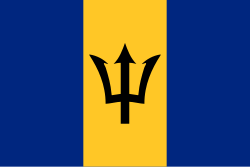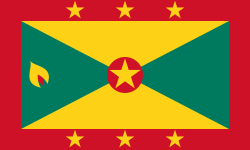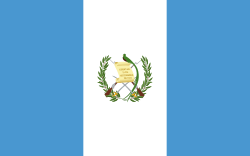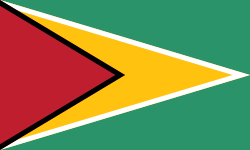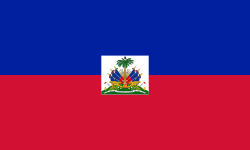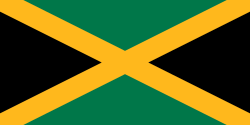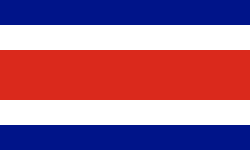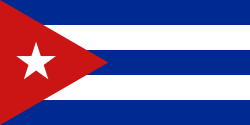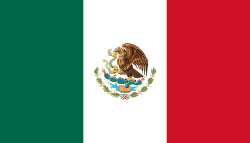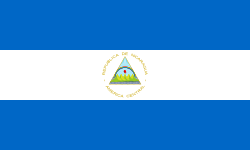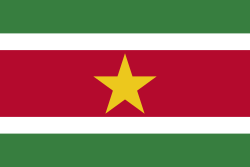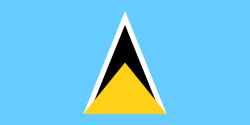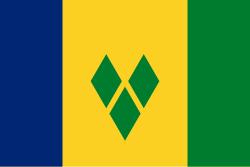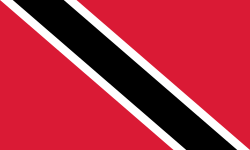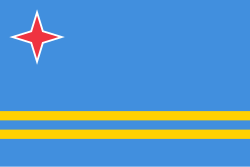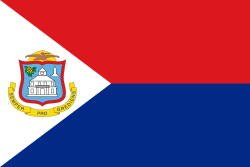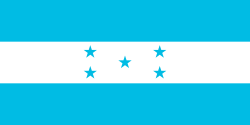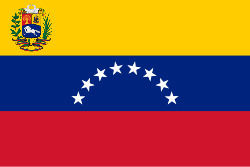Sdružení karibských států
Sdružení karibských států (zkratka ACS-AEC) je regionální sdružení států Střední Ameriky a Karibiku. Vzniklo v roce 1994 a jeho hlavní sídlo je ve městě Port of Spain. Oficiální jazyky organizace jsou španělština, angličtina a francouzština. Organizace si vytyčila několik oblastí působnosti, kterým se intenzivně věnuje. Jsou to podpora trvale udržitelného turismu, boj s přírodními pohromami (prevence, varovný systém, snižování rizik), obchod, doprava a vytvoření Komise Karibského moře. Sdružení je jedním z pozorovatelů Valného shromáždění OSN.
Členské a přidružené státy
ACS-AEC sestává z 25 členských států (všechny nezávislé státy v regionu Střední Ameriky a Karibiku) a několika přidružených území.[1]
Členské státy | Přidružené státy |
Odkazy
Reference
- ↑ About The ACS [online]. ASSOCIATION OF CARIBBEAN STATES [cit. 2012-09-08]. Dostupné online. (anglicky)
Související články
Externí odkazy
(anglicky) Oficiální stránky organizace
Média použitá na této stránce
The flag of the Dominican Republic has a centered white cross that extends to the edges. This emblem is similar to the flag design and shows a bible, a cross of gold and 6 Dominican flags. There are branches of olive and palm around the shield and above on the ribbon is the motto "Dios,Patria!, Libertad" ("God, Country, Freedom") and to amiable freedom. The blue is said to stand for liberty, red for the fire and blood of the independence struggle and the white cross symbolized that God has not forgotten his people. "Republica Dominicana". The Dominican flag was designed by Juan Pablo Duarte, father of the national Independence of Dominican Republic. The first dominican flag was sewn by a young lady named Concepción Bona, who lived across the street of El Baluarte, monument where the patriots gathered to fight for the independence, the night of February 27th, 1844. Concepción Bona was helped by her first cousin María de Jesús Pina.
The flag of the Dominican Republic has a centered white cross that extends to the edges. This emblem is similar to the flag design and shows a bible, a cross of gold and 6 Dominican flags. There are branches of olive and palm around the shield and above on the ribbon is the motto "Dios,Patria!, Libertad" ("God, Country, Freedom") and to amiable freedom. The blue is said to stand for liberty, red for the fire and blood of the independence struggle and the white cross symbolized that God has not forgotten his people. "Republica Dominicana". The Dominican flag was designed by Juan Pablo Duarte, father of the national Independence of Dominican Republic. The first dominican flag was sewn by a young lady named Concepción Bona, who lived across the street of El Baluarte, monument where the patriots gathered to fight for the independence, the night of February 27th, 1844. Concepción Bona was helped by her first cousin María de Jesús Pina.
The national and official state flag of Haiti; arms obtained from File:Coat of arms of Haiti.svg. The civil flag can be found at here.
Flag of Jamaica. “The sunshine, the land is green, and the people are strong and bold” is the symbolism of the colours of the flag. GOLD represents the natural wealth and beauty of sunlight; GREEN represents hope and agricultural resources; BLACK represents the strength and creativity of the people. The original symbolism, however, was "Hardships there are, but the land is green, and the sun shineth", where BLACK represented the hardships being faced.
The flag of Aruba
The flag of Curaçao is a blue field with a horizontal yellow stripe slightly below the midline and two white, five-pointed stars in the canton. The geometry and colors are according to the description at Flags of the World.
Autor: NuclearVacuum, Licence: CC BY-SA 3.0
A global map of the Association of Caribbean States.




